Microdermabrasion specializes in removing dead cells from the superficial skin layer. It is a non-invasive and painless method of skin rejuvenation by mechanically exfoliating the dead cell surface layers. It helps to achieve a more even and radiant complexion in just a few treatments.
Microdermabrasion successfully treats surface lines and wrinkles, sun-damaged skin, acne-prone, and oily skin, superficial pigmentation and other skin conditions.
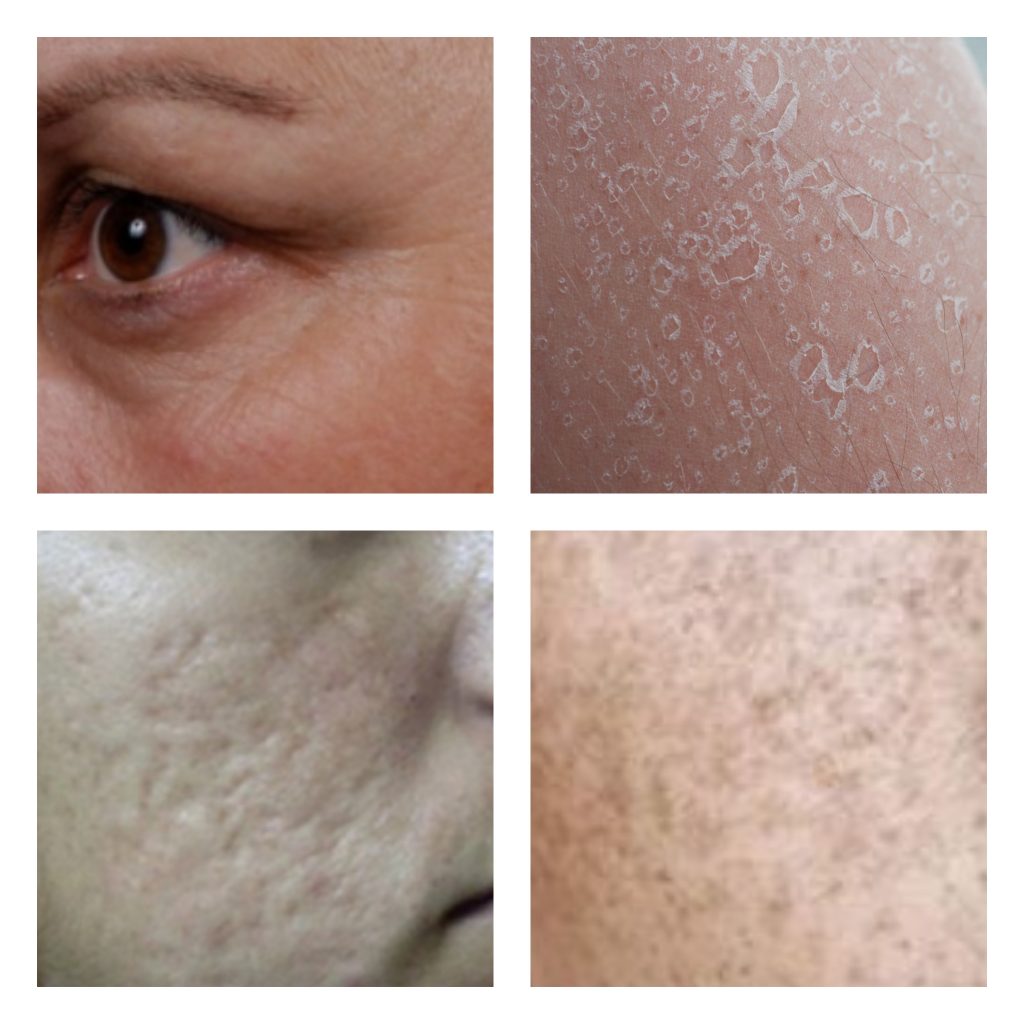
The technique is the application of a hand-held machine to the skin’s uppermost layer, resulting in a superficial injury.
How does microdermabrasion work and is it really effective for all those skin concerns?
In theory, the repetitive intraepidermal injury caused by the procedure leads to the gradual improvement of the damaged skin. When the skin gets damaged, the process of fibroblast proliferation and collagen production is stimulated. This, in turn, leads to the deposition of newly formed collagen in the dermis.
Additionally, microdermabrasion machines and kits provide vacuum suction function. By vacuuming all the contaminants from the surface of the skin, the pores are unclogged and can now perform optimally.
The suction function also increases the blood and lymphatic circulation deep within the skin, which can improve the internal health of the skin cells. The process allows more oxygen and healthy nutrients to be supplied in the cells, making them optimally functioning.
Practically, this exact process seems to provide multiple benefits for different aesthetical problems.
Diminishes wrinkles and fine lines
By gently abrading the skin surface, dead skin cells, pollutants, sebum accumulations, and makeup residue are removed and a smoother, softer and glowing appearance is revealed. The gentle polishing effect of microdermabrasion treatment makes fine lines and wrinkles become less defined.
Note that the procedure can erase fine lines and superficial wrinkles, but is not an effective treatment for removing deeper wrinkles and scars – microdermabrasion can only make them less visible.
Acne scars
Depressed acne scars respond very well to a microdermabrasion treatment. 2-3 procedures are enough to flatten and polish the skin surface making depressed acne scars barely visible.
If acne scars are in the form of brown spots, microdermabrasion can easily erase them by exfoliating the dead skin layer and promoting the formation of a new one. The newly formed skin is fresher, smoother and more elastic, due to the increased blood flow.
Sebum production
Under the influence of hormones called androgens, the sebaceous glands of the face, décolleté and back begin to secrete sebum during puberty: this condition is called hyperseborrhoea. The skin becomes oily, shiny, the pores widen and pimples begin to appear following excessive sebum secretion.
Microdermabrasion deeply cleans all sebum that was accumulated deeply into the skin pores, widening them and making them more visible. After the pores are thoroughly cleaned and the sebum and pollutants – removed, the skin cells can perform optimally. The sebaceous glands will still produce sebum, but now the process will be controlled and the newly produced sebum will only serve as a lubricating agent and will not interfere with the normal functioning of your pores.
Uneven skin tone
Uneven skin tone is a common effect of excessive exposure to the harmful sun rays. It is expressed by the formation of dark spots and patches, freckles and age spots.
However, the condition can be also provoked by age, hormonal changes, chemicals, medications, and pollutants, therefore it is important to be aware of the initial reason causing uneven pigmentation.
The good news is that by removing the superficial layer of the skin, its complexion becomes more even, light brownish spots and patches disappear within a couple of sessions and the darker less becomes less visible. By stimulating the new even skin growth, the facial skin becomes smoother and the imperfections, as time goes by, differ less from the natural skin color.
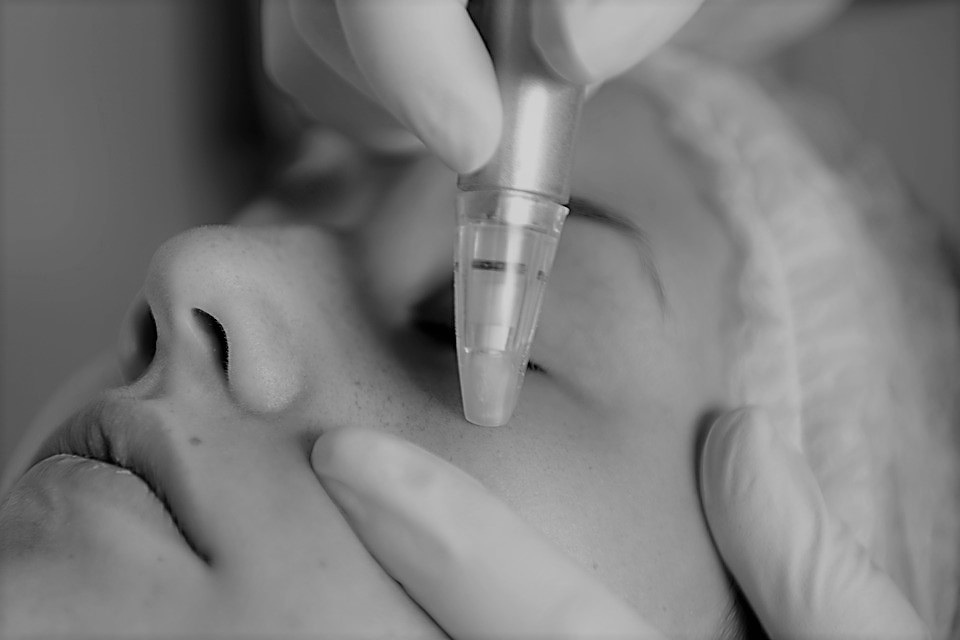
The appearance of age spots
Age spots are brownish skin hyperpigmentations that can appear on all parts of the body, mainly on the face and hands, in people over 40 years of age. These types of spots develop over the years and require long-lasting treatment before they start to fade. However, with patience and constant care, they can be removed naturally.
Microdermabrasion seems to provide a very beneficial effect when it comes to age spots removal. As expected, the pigment spots won’t disappear after the first microdermabrasion treatment but being more persistent will help eliminate them within several treatments.
Another benefit of microdermabrasion in terms of age spots removal is that you can use the crystal or diamond on most body parts. Microdermabrasion is most commonly used on the face, however, it can be used on most areas of the body like the chest, back, and neck. on your hands and neck. If you intend to perform microdermabrasion to the hands, decodécolletage or other skin area make sure you turn off your device every 40 minutes.
Stretch marks
Let’s be clear – you can use microdermabrasion for the treatment of newly formed stretch marks only. Newly formed stretch marks are no more than a year old. By deeply exfoliating the damaged tissue, microdermabrasion stimulates the formation of both collagen and elastin which will improve the appearance of the striae.
Additionally, the suction function of the microdermabrasion machine boosts the blood circulation in the affected area and stimulates the fast skin cell turnover.
Enhances product efficacy
After a microdermabrasion treatment, the skin absorbs skincare ingredients by up to 50%. The skin becomes more receptive to moisturizers, sunscreen products, anti-aging serums, and nutrients. The procedure allows them to deeply penetrate and be readily infused into the skin providing incredible results.


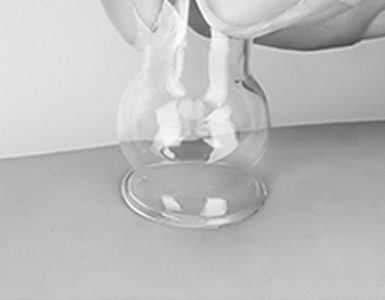
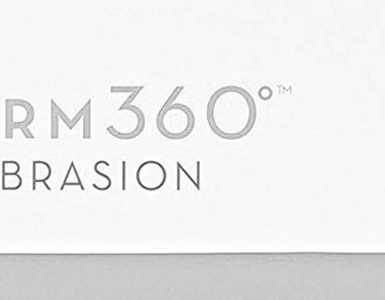
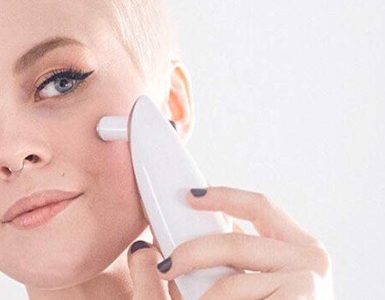
Add comment